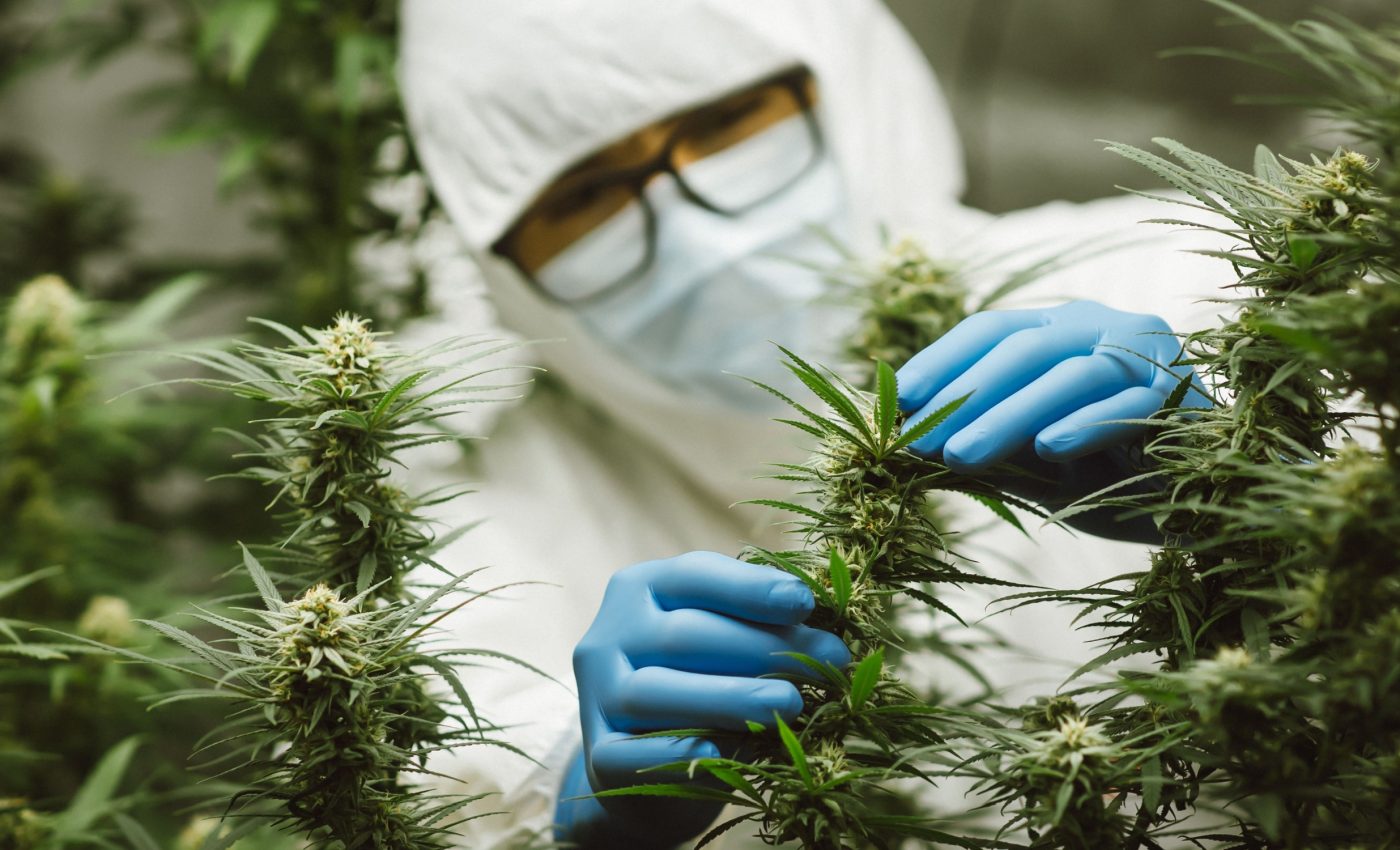
Cannabis production may soon get a major boost
Cannabis agriculture is experiencing a revolution brought on by genetic research, propelling a new era in the cultivation and production of this globally sought-after crop.
At the heart of this transformation is the ability to manipulate plant genetics for optimized growth and productivity.
Cannabis genetics and enhanced production
A recent breakthrough centers around a key gene called CsMIKC1, which influences the number of flowering sites in Cannabis sativa.
The role of this gene in the development of the inflorescence, the flowering part of a plant, presents brand new opportunities for enhancing productivity in cannabis farming.
Through meticulous gene editing and functional analysis, scientists have uncovered the substantial impact of CsMIKC1 on flower production. The discovery could lead to transformative change in agricultural practices.
The research may ultimately pave the way to the creation of highly productive and resilient cannabis strains that are custom-designed to maximize both medicinal and industrial uses. This would help to address the growing global demand for specialized cannabinoids and hemp-based products.
Global demand for cannabis products
The perceived value of Cannabis sativa is largely hinged on its cannabinoids, derived chiefly from female inflorescences. However, optimizing flower and grain yield has been a daunting task due to inadequately explored genetic control of inflorescence development.
As the global demand for cannabis-derived products escalates, it is vital to understand the regulatory mechanisms that lie beneath the surface.
Research into the genetic influences on inflorescence development can lay the fundamental groundwork for developing strategies to meet global production requirements.
Inflorescence in Cannabis sativa
A collaborative team of scientists led by the Chinese Academy of Agricultural Sciences has gained significant insights into the genetic makeup of inflorescence.
“Female inflorescence is the primary output of medical cannabis. It contains hundreds of cannabinoids that accumulate in the glandular trichomes,” noted the researchers. “However, little is known about the genetic mechanisms governing cannabis inflorescence development.”
The experts identified the CsMIKC1 gene as a controlling factor in cannabis flowering. They examined how mutations and overexpression of CsMIKC1 influenced flower and grain production. The study highlights the gene’s potential for amplifying crop yields.
Extensive genetic network
In their investigation, the scientists identified a key quantitative trait locus (QTL) on chromosome 8 linked to the number of inflorescences per branch, leading to the discovery of the CsMIKC1 gene.
This gene works as a transcription factor, influencing inflorescence growth by interacting with proteins CsBPC2 and CsVIP3.
When the CsMIKC1 gene was overexpressed in transgenic plants, there was a significant hike in the number of inflorescence, flower production, and grain yield.
Conversely, mutants with CsMIKC1 showed stunted growth and lower yields, highlighting the regulatory significance of this gene.
The study also revealed the influence of ethylene signaling pathways on CsMIKC1. By mapping key genes regulated by CsMIKC1, the researchers identified an extensive genetic network that governs inflorescence formation, providing crucial insights for future crop enhancement strategies.
Optimizing crop performance
Study co-author Dr. Jianguang Su is an expert at the Chinese Academy of Agricultural Sciences.
“The identification of CsMIKC1 as a regulator of inflorescence development marks a significant step forward in cannabis genetics. This gene is crucial in determining flower yield, which has profound implications for both medicinal and industrial uses,” said Dr. Su.
“By utilizing genetic modification techniques, we can develop targeted approaches to optimize crop performance, enhancing the Cannabis industry’s potential. This research not only deepens our understanding but also opens up exciting possibilities for developing high-yielding strains.”
The future of cannabis cultivation
Looking ahead, it’s clear that the discovery of CsMIKC1 and its influence on inflorescence development opens up a whole new domain for genetic engineering to boost cannabis yields.
This newfound knowledge can stimulate the creation of novel cultivars with improved flower and grain production, optimizing agricultural efficiency.
Furthermore, the involvement of ethylene signaling pathways presents opportunities for refined agronomic practices, such as ethylene treatments, to further amplify flower yield.
These advancements hold enormous promise to escalate cannabis production, keeping pace with the accelerating demand for medicinal and industrial applications globally.
The study is published in the journal Horticulture Research.
—–
Like what you read? Subscribe to our newsletter for engaging articles, exclusive content, and the latest updates.
Check us out on EarthSnap, a free app brought to you by Eric Ralls and Earth.com.
—–













